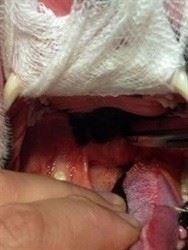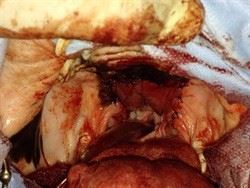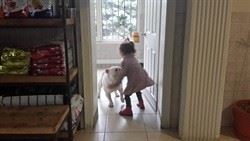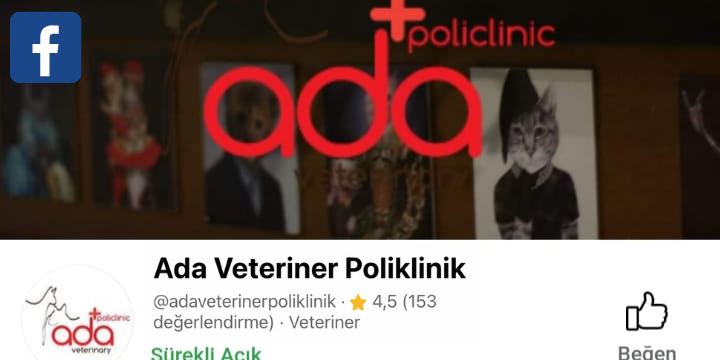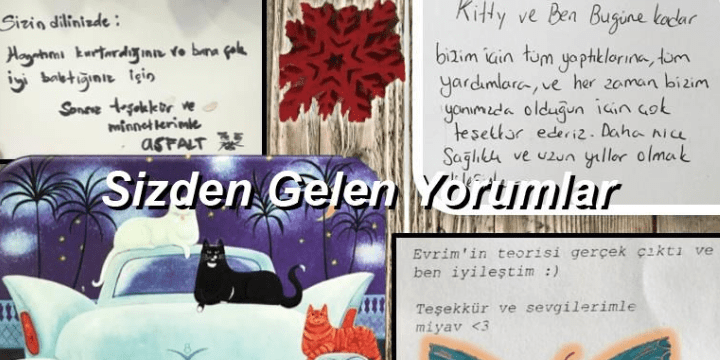Surgical Opportunities In Brachycephalic Syndrome
Muhtar is a two and a half years old British Bulldog. For a year and a half, he has suffered from the syndrome of Brachycephalic, which decreases his life quality.
He was brought to the vet because of shortness of breath during he was walking.
Dog breeds with a short skull according to the cephalic index (aspect ratio of the head) are defined as brachycephalic breeds.
British Bulldog, French Bulldog, Bullmastiff, Cavalier, Pug, and Boxer are some of the brachycephalic breeds. The brachycephalic syndrome can be formed by the combination of various abnormalities. Majority of these are the nostrils and the long soft palate, but these structural abnormalities can also cause to various laryngeal problems and hypoplastic trachea, leading to various disorders that may extend to heart failure over time.
Therefore, early diagnosis and early intervention will give the best results before the patient enters this vicious circle.
The main symptoms are breathing difficulty, exercise intolerance, and vomiting. Exercise, stress and hot weather trigger the symptoms in patients with the brachiocephalic syndrome.
British Bulldogs, like Muhtar, are among the most predisposed breeds of Bradycephalic syndrome because of their structural stenosis and large size.
The owner of Muhtar did not know that the surgical options could improve the quality of life of the patient and prevent any further problems.
As a result of the consultation, it was understood that Muhtar could benefit from surgical intervention.
In two hours of operation, Two reconstructive techniques, Folded Flap Palatoplasty and Rhinoplasty, were performed.
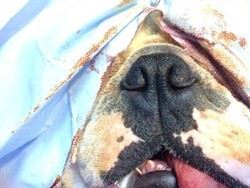
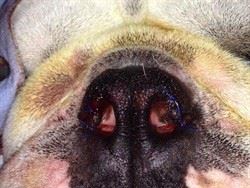
A2
Initially, (as can be seen in Figures A1 and A2) Rhinoplasty (nose aesthetics) and the inward-looking structure of the nose wings were corrected. Thus, the head of the airway was widened and breathing was relaxed.
